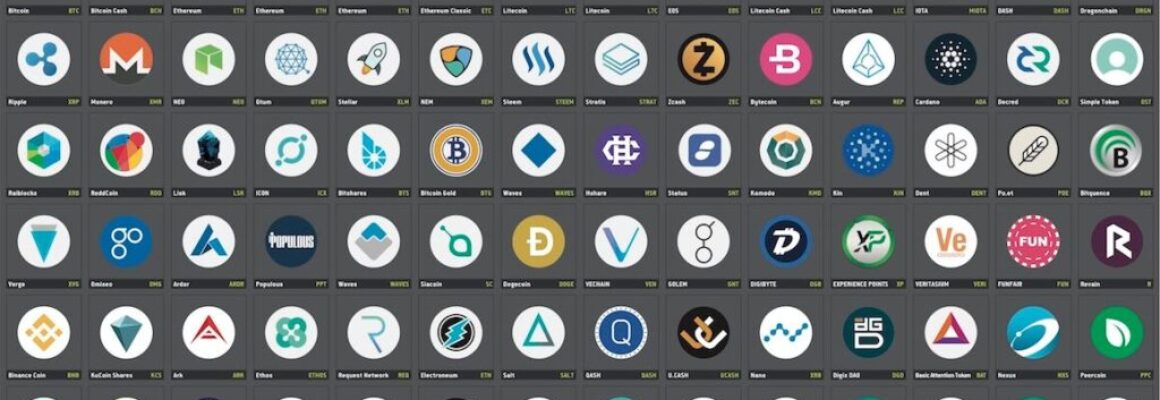What is the difference between a coin vs token?

What Is the Difference Between a Crypto Coin and a Token?
In the world of cryptocurrency, the words *coin* and *token* are often used interchangeably. But they have different technical meanings — and understanding the difference helps you navigate crypto markets with more confidence and clarity.
What Is a Crypto Coin?
A crypto coin is a digital asset that runs on its own blockchain. It is the **native currency** of that network and is designed to be used for payment, value transfer, or to secure the network itself.
- Coins operate independently on their own blockchains.
- Examples include Bitcoin (BTC), Ether (ETH), Cardano (ADA), and Solana (SOL).
- They are often used to pay transaction fees and reward network participants.
Coins are analogous to digital money — they serve as the backbone of a blockchain network.
What Is a Crypto Token?
A crypto token is a digital asset that is **built on top of an existing blockchain** rather than created with its own network. Tokens take advantage of a host blockchain’s infrastructure and security.
- Tokens rely on another blockchain (like Ethereum, BNB Chain, or Solana).
- They often represent a specific use case inside an ecosystem rather than acting as a standalone currency.
- Examples include USDC (a stablecoin), UNI (a governance token), and various NFTs.
Because tokens are built on top of an existing blockchain, developers can issue them without creating a whole new network.
Key Differences Between Coins and Tokens
- Blockchain: Coins have their own chain, while tokens run on another chain.
- Purpose: Coins act as currency or store of value; tokens often represent access, rights, or utility within an ecosystem.
- Creation: Coins require launching a full blockchain; tokens are created through a smart contract on an existing blockchain.
Think of a *coin* as the native money of a blockchain, and a *token* as a digital asset that lives inside another blockchain’s ecosystem.
Types of Tokens
Tokens can serve a variety of purposes depending on how they are designed:
- Utility Tokens — provide access to a product or service.
- Governance Tokens — give holders voting rights in a protocol or DAO.
- Stablecoins — tokens pegged to real-world assets like USD.
- NFTs (Non-Fungible Tokens) — unique digital items used for art, collectibles, or identity.
Why It Matters
Understanding this difference helps you:
- Choose the right wallets and exchanges for each asset.
- Understand use cases and risks for coins vs tokens.
- Navigate decentralised finance (DeFi) and Web3 applications with confidence.


